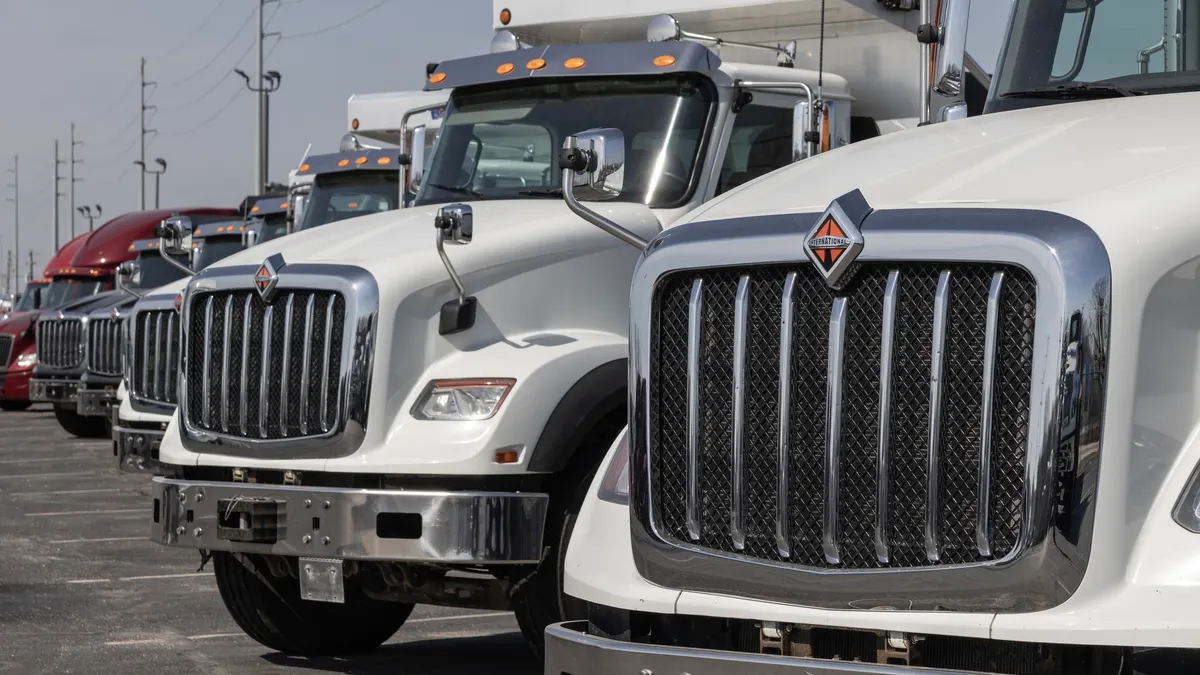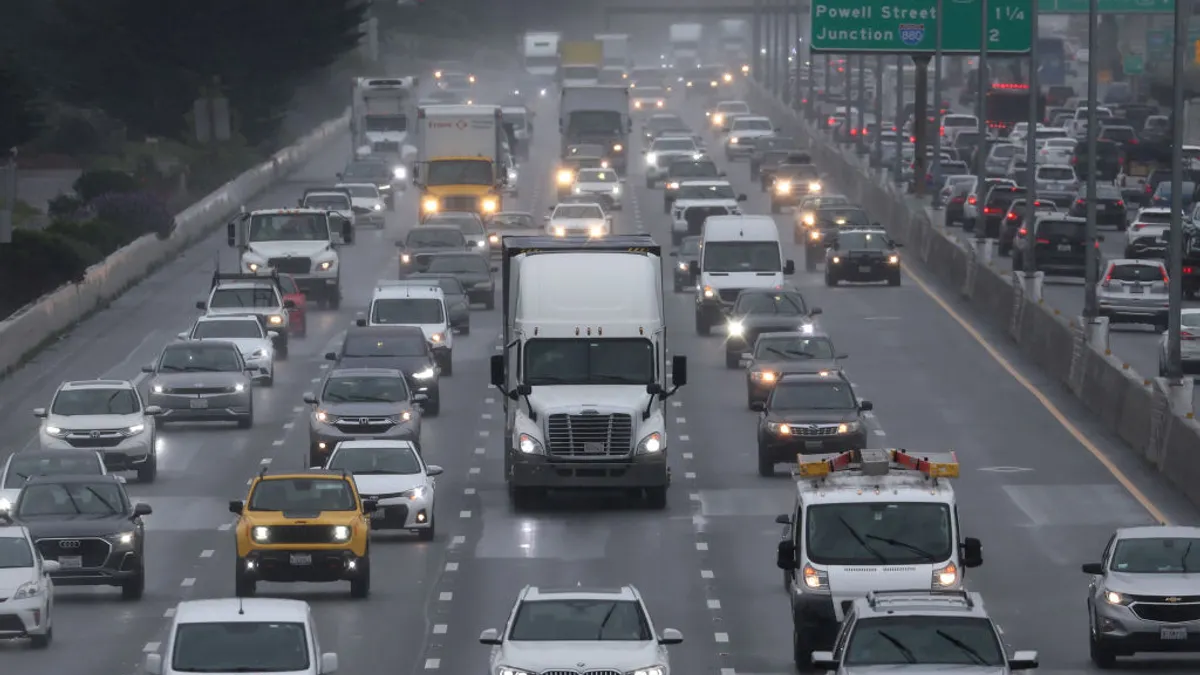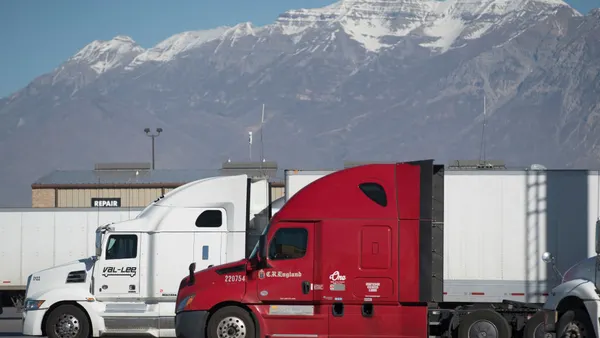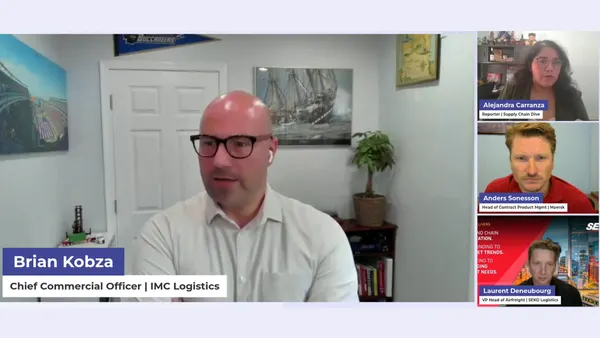The Coronavirus Aid, Relief, and. Economic Security (CARES) Act includes several provisions to ease the tax burden for businesses hit by mandatory coronavirus shutdowns. However, it's possible to lose those benefits, if a loan is taken out under the $350 billion fund administered by the Small Business Administration (SBA), known as the Paycheck Protection Program (PPP).
The $2 trillion stimulus gives a deferral on payroll taxes and a tax credit for retaining employees during the shutdown, among other tax benefits.
The payroll tax deferral is basically an interest-free loan; businesses don't have to pay the employer portion of the employees' 2020 social security tax for up to two years. Instead, businesses pay half the taxes at the end of 2021 and the remaining half at the end of 2022. The deferral allows businesses to keep much-needed cash in hand during the downturn, without having to pay for use of the money — unless they fail to make the 2021 and 2022 payments. If that happens, the loan would, effectively, begin to accrue interest.
The the tax credit portion of the benefit reduces the hit businesses take when they file their taxes. The credit is fully refundable and worth up to 50% of the qualified wages paid, up to $10,000 per employee.
Exactly how much a business can take depends on its number of employees. Employers with fewer than 100 can take the credit for every employee, regardless of whether they're furloughed while still on the payroll. Employers with more than 100 employees can only take the credit for employees actually furloughed.
The family leave law Congress passed a few weeks prior to the stimulus, called the "Family First Coronavirus Response Act," also includes a tax credit. It is a dollar-for-dollar refundable credit, designed to help offset payroll costs when employees take leave because either they contract the virus or must care for a family member who has.
Businesses can't take both credits for any wages that overlap. For example, if an employer has an employee who's eligible for the employee retention tax credit for three months, but part of that period includes two weeks of paid sick leave, that two week sick-leave period would have to be taken out of the equation for the dollar-for-dollar credit. The 50% credit could then be used for the rest of the period.
Uncertain impact
However, all benefits may go away if a business has also received a loan under the PPP, which grants employers a loan that's forgivable, if the same number of employees are kept on payroll throughout the downturn.
Loan funds are intended for wages, paying rent, vendors and meeting other expenses, such as utilities, while revenues are down due to mandatory stay-at-home directives.
Tax specialists say the exact interplay between the forgivable loans — which are available to companies with 500 employees or fewer — and the tax benefits — which are for all employers, big and small — won't be known until the IRS and SBA release rules. But based on statutory language, the two programs don't fit well together in some respects.
In an analysis by Lewis Horowitz and other tax specialists at Lane Powell, taking the payroll tax deferral amounts to a "trap for the unwary" if a businesses is also interested in applying for a forgivable loan.
"Getting a PPP loan may prevent or limit a taxpayer from availing themselves of these delayed payroll tax provisions," he said. "This interest-free loan for the employer portion of social security taxes is not available to any taxpayer that ' has had indebtedness forgiven' under CARES Act Section 1106," with respect to a Paycheck Protection Program.
Rules are needed because there's a timing issue that makes how the two programs work together ambiguous, Horowitz said.
If a business applies for a forgivable loan, he said, SBA can't know whether that business is eligible to have the loan forgiven until after the business has established it has met the employee retention stipulation and other requirements. By that time, loan applicants could have taken the payroll tax deferral, a decision potentially made before knowing if they were eligible for loan forgiveness.
"Entitlement to forgiveness of a PPP loan depends on the ability of the taxpayer to establish that it has deployed the funds on covered expenses and that can't happen until sometime in the future — making it hard for taxpayers to make an informed decision," Horowitz said.
There's a similar ambiguity with the employee retention tax credit. On its face, it appears the loan program and tax credit don't work together, but Stacey Bowman and Craig Kovarik of Husch Blackwell in an analysis say it's not clear.
The limitation might only apply if multiple forms of relief are sought simultaneously. If forms of relief are applied for consecutively, there's a possibility they will work together.
"If an employer seeks an Employee Retention Credit with respect to qualified wages paid in April and determines in May to obtain a PPP loan, would the employer be required to disgorge the prior Employee Retention Credit?" the analysts say. "Further guidance is needed."
Bottom line: If a business is thinking of applying for an SBA loan, it should be aware that doing so might impede its ability to take some of the tax benefits the federal government is offering in the stimulus. But, whatever the case may be, a good place to start the loan application process is in the office.
Beginning the process
"The first thing that I would do is, I would try and start getting my documents in order. And the question then becomes, well, what documents do you need?" Mike Ritzema, president of Superior Trucking Payroll Service, told Transport Dive in a recent interview.
He recommended gathering documents including profit and loss for 2019 and this year, to date; payroll reports — 941s, unemployment or both — for all of 2019 and first quarter 2020, if possible; health insurance cost, "what you actually pay as the business," Ritzema said; 401k match, if applicable; rent; and utilities. Then, Ritzema recommends a simpler next step:
"The most important thing is to talk to your bank. Your bank will shepherd you through this whole thing," he said.
Correction: The plan to provide payroll relief was misidentified in earlier versions of this article; it is the Paycheck Protection Program.





















